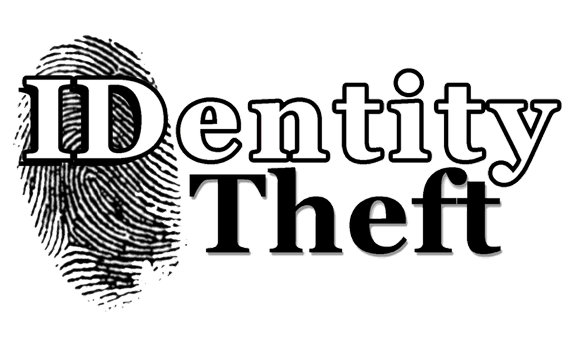According to the US Department of Justice, over 8 million households reported that one member was the victim of some type of identity theft in 2010. Around 60 percent of the households that experienced identity theft experienced it in the form of somebody trying to use one of their credit cards fraudulently. Most of the time, any discussion about identity theft will have a narrow focus, concentrating on how you protect yourself on the Internet. Not all identity theft is perpetrated over the Internet, though quite a bit of it is. Where your paper records and files are concerned, security is still of the utmost importance.

What Matters?
Right off the top of your head, you should be able to think of some things that would be of great interest to somebody determined to steal your identity. Consider how useful the following items would be to anybody committing one of these crimes:
- Your Social Security card
- Your tax records
- Your bank statements
- Your checkbook
- Your lease
- Your mortgage information
In and of itself, none of these pieces of information would necessarily be particularly useful. The worst threats come from the thieves who manage to get more than one of these pieces of information and, by using those pieces of information, stitch together enough overall information about you to enable them to steal your identity for whatever purpose they have in mind.
Even in the digital age, safes and vaults, paper shredders, good door locks and clever storage play important roles in protection identity from theft. Here are some things to consider about protecting yourself from identity theft in your home.
Out of Sight
Quite frequently, people who are victims of fraud find out that the person who perpetrated the fraud was someone they knew. It’s easier to steal somebody’s identity if you already know a lot about them and, because of that, people who commit these crimes often start close to home. Make sure you keep papers that have information that would be useful for identity thieves safeguarded. At the very least, keep them in a locking file drawer so that it requires somebody actually to break into it to get to them. Your most secure items are best kept in a safe, where it’s virtually impossible for somebody to get at them without you being aware of it.
Good Locks
Look at the locking hardware on your doors. Does it seem sturdy? Did you go down to the home improvement store and buy the cheapest thing you could find? Where door hardware is concerned, buying the cheap stuff is definitely a strategy that will get you exactly what you pay for. Go ahead and upgrade your locks. If you have a safe in a closet or in another room where you can control access to it, put a good lock on that door, as well. A kick plate is a great addition and it makes it virtually impossible for someone simply to kick in the door to gain access.
You can actually use a good strategy for safeguarding your sensitive information that’s stored in hard copy to enhance your digital security. If you have a safe, get a small notebook and write down the passwords for all of your websites and other forms of secure digital storage. Rotate your passwords on a regular basis. If you have them written down, you don’t have to worry about forgetting your password after you’ve changed it and locking yourself out of something important. If you want to be very secure about it, you may even want to consider developing your own substitution cipher to make your password records unreadable to anybody who doesn’t have the key.
Richard Gilmore is a blogger for ValueSafes.com and offers important advice on protecting your family’s information with a fireproof safe.
